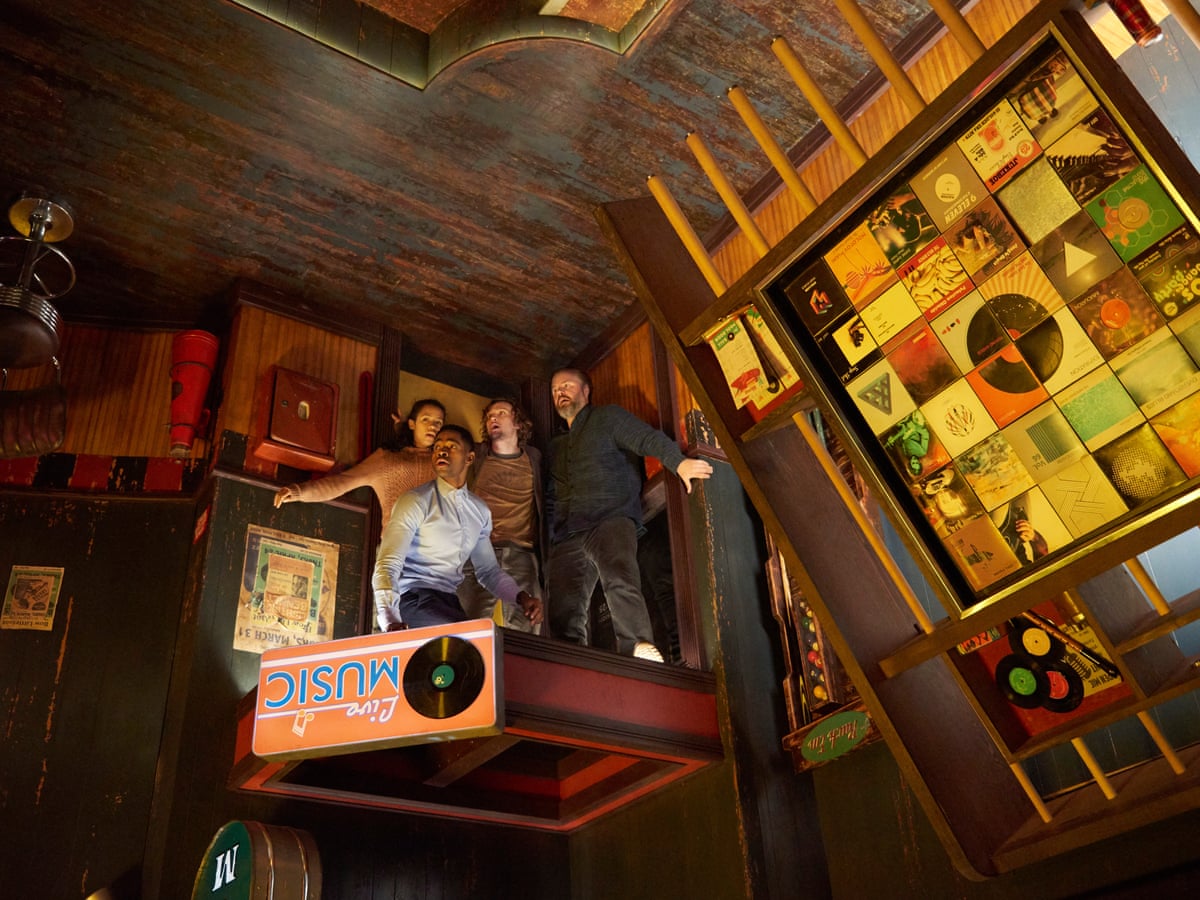Group Techniques: How to Collaborate Successfully in a Retreat Area
Teams should proactively listen to each member's insights, designate roles that align with individual staminas, and preserve regular check-ins to make certain focus and stop redundancy. By cultivating an atmosphere that values communication and versatility, teams can significantly increase their efficiency and success rates.
Establish Clear Interaction

To promote clear communication, it is important to mark a main point of contact for info dissemination. This role entails summarizing findings and recommended strategies to guarantee every person remains on the same page. Furthermore, adopting an organized approach to discussions can protect against chaotic exchanges. As an example, short, concentrated updates from each group member can maintain the team notified without overwhelming them with details.

Appoint Functions Strategically
While clear communication establishes the structure for efficient synergy, designating duties tactically makes certain that each staff member's strengths are made use of successfully. In a retreat space circumstance, the time-sensitive and complicated nature of challenges necessitates a well-organized strategy to task delegation. By recognizing and leveraging specific competencies, groups can optimize their analytic capacities and improve overall efficiency.
A person with an eager eye for detail may excel in discovering covert things, while a rational thinker might be better fit to fixing problems. This function commonly needs strong organizational and interpersonal skills.
Second, make sure that functions are flexible and versatile. As new obstacles arise, the group has to have the ability to pivot, reallocating jobs as required. This versatility helps maintain momentum and prevents traffic jams that can take place because of stiff duty jobs.
Inevitably, a tactical strategy to role task not just makes the most of the strengths of each employee yet additionally fosters a natural atmosphere, driving the group towards an effective escape.
Utilize Diverse Abilities
Acknowledging and taking advantage of the diverse abilities within your team can significantly raise your efficiency in an escape area. Each employee brings one-of-a-kind staminas to the table, and properly leveraging these capacities can quicken analytic and enhance total performance. A team participant with strong logical skills could succeed at figuring out complicated codes or patterns, while one more with keen observational capabilities might quickly spot concealed ideas that others may forget.
Effective communication is key to making use of these varied abilities. Motivate employee to voice their understandings and concepts without delay, guaranteeing that all prospective services are taken into consideration. This inclusive strategy promotes a dynamic atmosphere where imagination and critical thinking can grow. In addition, designating tasks that align check my source with each member's toughness can protect against bottlenecks and make sure that progression is constant.
In addition, variety in abilities often equates to variety in believing styles, which is invaluable in an escape space setting. While some obstacles might call for logical thinking and precision, others might take advantage of creative and lateral thinking. By acknowledging and leveraging this diversity, groups can deal with a broader array of difficulties better, therefore increasing their opportunities of a successful getaway.
Manage Time Properly

First, allocate initial mins for a quick survey of the area. Identify visible problems and split jobs based upon employee' strengths, making sure that nobody is idle. Set interior time checkpoints to examine progress periodically; for instance, aim to have half the puzzles solved by the mid-point of the video game. This practice can assist keep the group concentrated and stop time from escaping unnoticed.
Additionally, prevent one-track mind. If a problem is taking as well long, rotate team members or go on to one more challenge, returning later with fresh point of views. Communication is extremely important-- maintain everyone updated on resolved puzzles and remaining jobs to prevent repetitive efforts.
Finally, utilize any kind of tips or ideas sparingly yet tactically - best escape room. Understanding when to request help can conserve valuable time. By adhering to these time administration principles, groups can dramatically enhance their opportunities of a successful and pleasurable retreat room experience
Debrief and Show
Representation is a necessary element of team growth and improvement in the context of retreat spaces. As soon as the challenge is finished, whether efficiently or otherwise, it is vital for the group to participate in a structured debriefing navigate to this website session. This process permits staff member to evaluate their performance, determine toughness, and pinpoint areas for improvement.
Begin the debrief by reviewing what worked out. Highlight details instances of effective communication, problem-solving, and partnership. Identifying these positive actions reinforces them and encourages their repetition in future difficulties.
Next, deal with the challenges encountered. Review minutes of complication, miscommunication, or ineffective techniques. Motivate an open and positive dialogue where staff member can share their point of views without concern of criticism. This fosters a culture of continuous improvement and learning.
Final Thought
In conclusion, successful cooperation in a retreat area is based upon clear communication, strategic function assignments, the reliable usage of diverse abilities, and skillful Recommended Reading time monitoring. Normal check-ins and structured debriefings are important for maintaining emphasis and promoting constant renovation. By producing a cohesive and flexible team environment, the probability of effectively fixing challenges and achieving the goal of getting away the room is significantly boosted. This technique not just guarantees success but also advertises collective development and discovering.